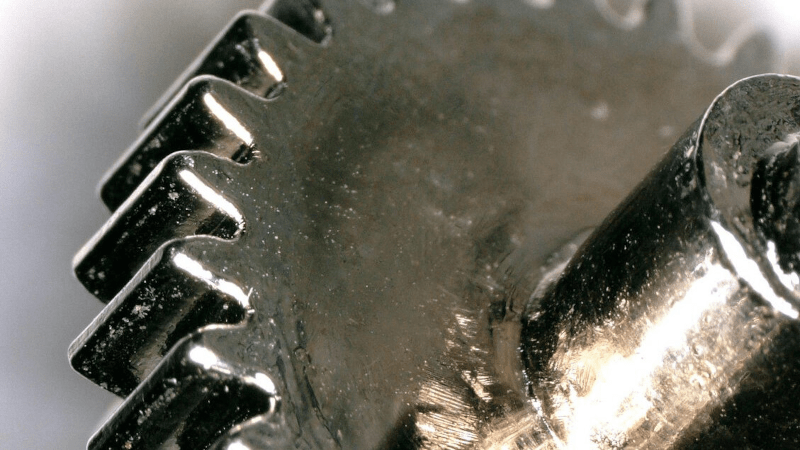Glass: Classic, but Mysterious

For a large part of human history, people made things from what they could find. Some stones make arrowheads. Others make sparks. Trees can turn into lumber. But the real power is when you can take those same materials and make them into something with very different properties. For example, plant fibers turning into cloth, or rocks giving up the metals inside. One of the oldest engineered materials is glass. You’d think as old as glass is (dating back at least 4,500 years), we’d understand all there is to know about it by now. According to an interesting post by [Jon Cartwright] writing in Physics World, we don’t. Not by a long shot.
According to [Jon] there are at least five “glassy mysteries” that we still don’t understand. Sure, it is easy to just melt sand, soda, and lime — something we’ve talked about before — but, in fact, many materials can turn glassy when cooled quickly from liquid to solid. The problem is, we don’t really understand why that happens.
The point about almost anything can be made glassy is really interesting, too. Did you know that ant colonies and crowds at music festivals behave like glass? Simulated annealing — a computer algorithm for working with difficult optimization problems — is also exploiting the same kind of behavior we see in glass.
Turning metal into glass is hard. You have to cool it very quickly, sometimes on the order of billions of degrees per second. But the payoffs are big. With no grain boundaries, metallic glass doesn’t wear easily and doesn’t easily absorb kinetic energy. For example, a ball bearing hitting a steel plate will bounce a few times, but the plate will quickly absorb the energy in the bearing. A metallic glass plate, however, will absorb much less energy from the bearing. Want to see? Watch the video below.
We’ve talked about how glass is made along with other old engineering materials. If you have a laser cutter, you might even be able to 3D print glass without using insane temperatures (the link on that post is dead, but the videos are still there).
Post a Comment